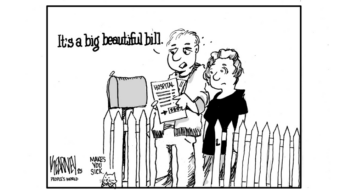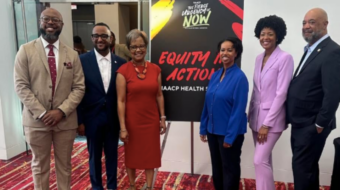Only about a third of those in the U.S. with HIV are getting treated says the Centers for Disease Control.
In addition, large numbers, some 240,000 of the 1.2 million in the U.S. with HIV, are unaware that they have the virus.
Awareness of infection and early treatment, doctors say, is essential to reducing new infections and eventually eliminating the illness. In a speech to the National Institute of Health Secretary of State Hillary Clinton recently called for efforts to create an “AIDS-free generation.”
Clinton in Burma at the Busan High-Level Forum on Aid Effectiveness said assistance to poverty-stricken populations around the world with HIV should be a worldwide national security priority.
The new Centers for Disease Control data suggests there is much cause for concern on this score in the U.S.
In raw numbers, 28 percent of HIV carriers not receiving treatment means that “about 850,000 Americans do not have the virus controlled,” Dr. Thomas Frieden said during a media teleconference,” according to NPR.
A high percentage of those not receiving treatment are young Black and Latino men.
Receiving anti-retroviral drugs is key not only to better health but also preventing new infections. “There’s new hope today for stopping HIV in the U.S.,” according to the Centers for Disease Control.
“Medicines (antiretroviral therapy or ART) can lower the level of virus in the body. ART helps people with HIV live longer, healthier lives and also lowers the chances of passing HIV on to others.”
According to NRP receiving anti-retrovirals “makes treated people much less likely to infect others – 96 percent less likely.” A study last spring produced these encouraging results.
The new data suggests the urgent need for stepped up efforts to provide treatment for those most in need. Today “young Black men who have sex with men are the only group in the United States who are currently experiencing an increase in new HIV infections,” says the CDC’s Kevin Fenton. A quarter of all new infections are among teen-aged African Americans.
The American Academy of Pediatrics has called for routine testing of teenagers.










